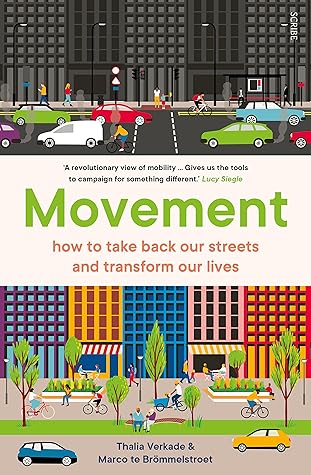Kindle Notes & Highlights
Read between
November 19 - November 22, 2024
‘Tell me, why do you think traffic jams are such a big problem?’ Marco asks. ‘Well, it’s a pain getting stuck in traffic, isn’t it? And on top of that, traffic jams cost us billions, don’t they?’ ‘Do they?’ he replies. ‘How?’ ‘There are lots of people who don’t get to work on time, and that reduces the number of hours they’re productive for.’ ‘But how serious is that?’ Marco asks with a twinkle in his blue eyes. ‘Why does it matter so much if people arrive home or get to work a few minutes later because of a traffic jam? Don’t you have to queue up at the supermarket from time to time?’
There’s a reason locals call the inner ring road ‘the racetrack’. At least a hundred accidents have been reported over nine months9 — one every three days. Does it even make sense to use the word ‘accident’ for such a systematic occurrence, I wonder? The official speed limit is 50 km/h (31 mph), but the ring road is so like a motorway that it’s very hard for drivers to resist putting their foot down.
There are almost as many parking spaces in the Netherlands as there are people, it turns out, which means there are twice as many parking spaces as there are cars. If you were to put all those spaces together, they would take up more room than the total surface area of Amsterdam. I later discover that the United States is even worse, with two billion parking spaces for 250 million cars; more parking space is allocated per car than housing space per person.12
Lay 1 per cent more asphalt, and you get 1 per cent more traffic. The fundamental law of road congestion, they call it. Asphalt has been shown to attract cars: you can’t get rid of congestion by building more roads.’
‘There’s no way of saving travel time,’ Bleijenberg concludes. ‘The only gain you can achieve is the distance you cover. And that’s why the history of mobility can be viewed as an ongoing reduction in travel friction.’


